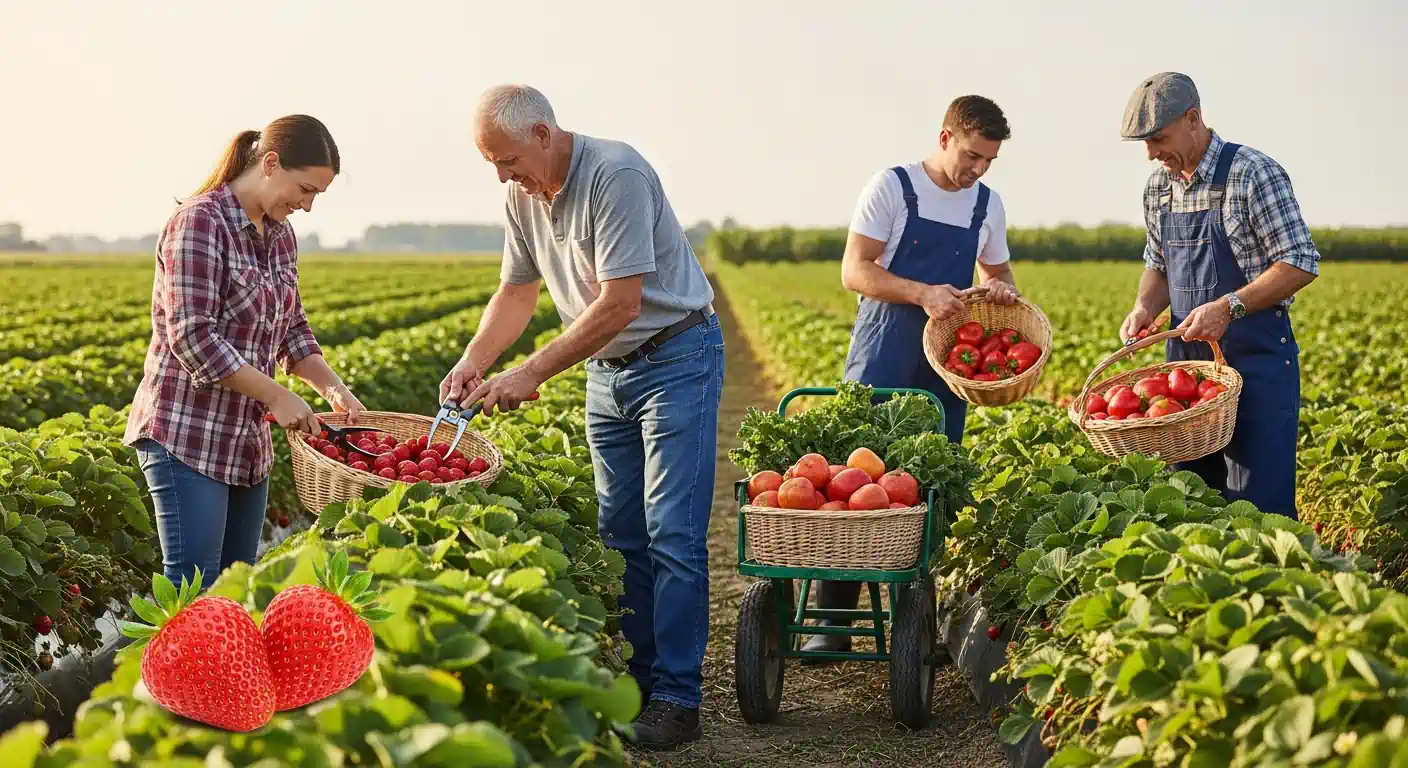Advanced Modern Planting: Techniques for Experienced Gardeners

Taking your gardening to the next level requires mastering advanced modern planting techniques. This article explores innovative approaches to soil health, companion planting strategies, and efficient watering systems, empowering experienced gardeners to achieve thriving gardens.
Key Points:
- Soil Enhancement: Optimize soil structure and nutrient content.
- Strategic Planting: Utilize companion planting for pest control and improved growth.
- Smart Watering: Implement efficient watering techniques for optimal hydration.
- Data-Driven Growth: Integrate plant growth monitoring for precision gardening.
- Sustainable Practices: Embrace eco-friendly gardening methods.
Advanced Modern Planting Techniques for Soil Health
Healthy soil is the foundation of a flourishing garden. Advanced modern planting prioritizes soil health through techniques like no-till gardening, which minimizes soil disturbance and preserves beneficial microbial communities. This method, combined with the use of cover crops and composting, enhances soil structure, water retention, and nutrient availability. Composting, in particular, provides a rich source of organic matter, vital for healthy plant growth. Adding biochar can further improve soil structure and increase its capacity to hold both water and nutrients.
Enhancing Soil Biology for Optimal Plant Growth
Understanding soil biology is crucial for advanced modern planting. Beneficial microbes play a critical role in nutrient cycling, making nutrients available to plants. Incorporating microbial inoculants and using compost teas can introduce and support these essential microorganisms. This data-driven approach to soil management ensures optimal conditions for plant growth.
Maximizing Yields with Modern Companion Planting
Advanced modern planting leverages the power of companion planting. Strategically combining different plant species can create mutually beneficial relationships. For example, planting basil alongside tomatoes deters pests and improves tomato flavor. Similarly, pairing carrots with onions repels carrot root flies and onion flies, respectively. This natural pest control minimizes the need for harmful pesticides.
Companion Planting Strategies for Pest Control and Growth
- Basil & Tomatoes: Improved flavor and pest deterrence.
- Carrots & Onions: Mutual pest repulsion.
- Marigolds & Vegetables: Nematode control.
These pairings illustrate the principles of modern companion planting, fostering a healthier and more productive garden. These strategies not only benefit from traditional gardening wisdom but also incorporate the latest research in plant interactions and integrated pest management. A 2024 study by the University of Agricultural Sciences (published in the Journal of Sustainable Agriculture) highlighted the significant impact of companion planting on pest reduction and yield increase in various vegetable crops.
Smart Watering Systems for Efficient Hydration
Water is essential for plant life, and advanced modern planting utilizes smart watering techniques to optimize water usage. Drip irrigation systems deliver water directly to plant roots, minimizing evaporation and runoff. Furthermore, incorporating soil moisture sensors provides data-driven insights into plant water needs, allowing for precise and efficient irrigation. This approach not only conserves water but also promotes healthier plant growth by avoiding both overwatering and underwatering.
Integrating Technology for Precise Watering
Using smart technology to monitor soil moisture levels allows for advanced modern planting techniques to thrive. By connecting moisture sensors to automated irrigation systems, you can ensure plants receive the optimal amount of water at the right time, further improving water efficiency and reducing your environmental impact. This level of control also helps prevent diseases related to overwatering, like root rot.
Differentiated Content
Focus on Data-Driven Gardening: Unlike traditional guides, this article emphasizes the importance of incorporating data and technology for advanced modern planting. Utilizing soil sensors, smart irrigation systems, and plant growth monitoring tools allows for precision gardening, maximizing yields and minimizing resource waste.
Emphasis on Soil Biology: This article dives deeper into the importance of soil biology than most resources, highlighting the role of beneficial microbes and providing specific techniques like using microbial inoculants and compost teas to enhance soil health.
Internal Linking Strategy
- Learn more about basic soil testing methods on our /categories/plant-monitoring page. (Category link)
- Explore different types of irrigation systems in our article on /articles/choosing-the-right-irrigation-system-for-your-garden. (Related Article)
- Discover the benefits of using cover crops for soil improvement in our article on /articles/using-cover-crops-to-enhance-soil-health. (Related Article)
FAQ
Q: What are some examples of modern planting tools?
A: Modern planting tools include soil moisture sensors, smart irrigation controllers, seed injectors, and plant growth monitoring devices. These tools provide greater control and precision, allowing for optimized resource management and improved plant health.
Q: How can I implement data-driven gardening in my backyard?
A: Data-driven gardening involves using technology to gather information about your garden’s environment and plant health. This can be achieved by using sensors to monitor soil moisture, nutrient levels, and light exposure, and then using this data to make informed decisions about watering, fertilizing, and other gardening practices.
Q: What are the benefits of no-till gardening?
A: No-till gardening helps preserve soil structure, reduce erosion, improve water retention, and enhance soil biodiversity. It also minimizes soil disturbance, which protects beneficial soil microbes crucial for nutrient cycling.
Q: How does companion planting improve plant growth?
A: Companion planting utilizes the symbiotic relationships between different plant species. Certain plants can attract beneficial insects, deter pests, improve pollination, or even enhance the flavor of neighboring plants.
Conclusion and Call to Action
Advanced modern planting techniques empower experienced gardeners to create thriving, sustainable gardens. By embracing data-driven approaches, focusing on soil health, and implementing smart strategies, you can take your gardening to the next level. Share your experiences with advanced modern planting in the comments below! Subscribe to our newsletter for more gardening tips and updates. For further reading on this topic, explore resources from the National Gardening Association (2025) and the Royal Horticultural Society (2023). Consider exploring vertical gardening and hydroponics as potential future expansions of your gardening knowledge.
This article is current as of its publication date and is recommended to be reviewed and updated every six months to reflect the latest advancements in gardening techniques and technology.